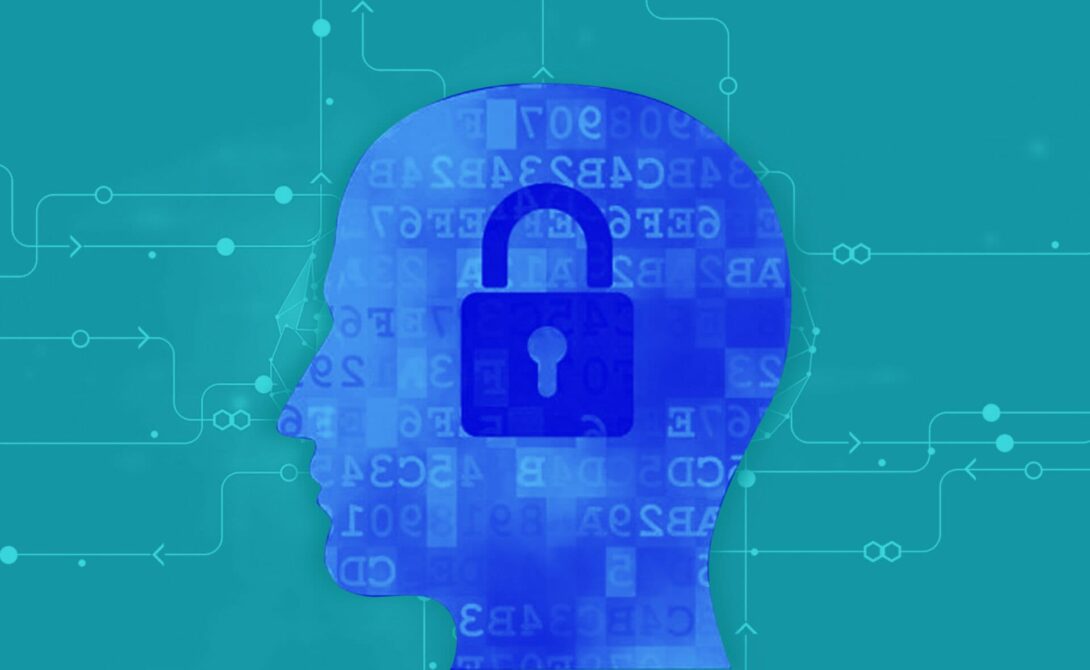Intellectual property (IP) is at the core of the modern digital landscape, creating a unique set of challenges and opportunities for creators in the Internet era. As the digital domain expands, so does the complexity of protecting works of art, inventions, and expressions online. Here we explore how intellectual property is managed on the Internet and the measures being taken to safeguard creativity in this digital age.
In the realm of the Internet, intellectual property encompasses everything from software and digital media to literary works and artistic expressions. The global nature of the web, however, makes IP protection more complicated than ever. Unlike physical goods, digital products can be replicated and distributed across the globe in seconds with minimal cost, leading to rampant issues of copyright infringement and piracy.
Copyright Law and the Internet
Copyright law grants creators exclusive rights to their works, including the right to reproduce, distribute, and display these works publicly. In the digital world, these rights are constantly challenged by the ease of copying and sharing files. To address this, laws have been adapted to include digital creations, and new forms of IP protection, like digital rights management (DRM) technologies, have been developed. DRM aims to control the use of digital content at the level of access, preventing unauthorized distribution without hampering the rights of the end-user.
Patents and the Digital Innovation
The Internet has also transformed the landscape for patented inventions, particularly in software and technology sectors. Patents protect inventions, but when these inventions can be easily reverse-engineered from software available online, protecting this IP becomes a significant challenge. The United States Patent and Trademark Office and the European Patent Office have adapted their guidelines to better define what constitutes a patentable software invention, aiming to strike a balance between innovation and IP protection.
Trademarks in the Digital World
Trademarks protect symbols, names, and slogans used in commerce. On the Internet, trademarks are pivotal in digital marketing and brand identity. However, the digital realm complicates enforcement due to the sheer volume of content and the difficulty in monitoring trademark use. Cases of domain name disputes and cybersquatting are frequent, where individuals register domain names that reflect known trademarks in hopes of selling them at a premium or misusing the brand’s reputation.
Challenges of Protecting IP Online
One of the greatest challenges in protecting IP online is the jurisdictional issues that arise when dealing with a medium that does not adhere to traditional geographical boundaries. The enforcement of IP rights often involves international cooperation, which can be slow and fraught with legal complexities. Additionally, the rapid pace of technological advancement outstrips the slower pace of legal reforms, creating a gap where new forms of expression and innovation are not adequately protected under current laws.

Emerging Solutions and Strategies
To counter these challenges, there are emerging solutions and strategies aimed at enhancing IP protection online. These include blockchain technology, which provides a decentralized and transparent ledger for copyright registration and proof of ownership that cannot be tampered with. International agreements and treaties are also evolving to better address the global nature of the Internet. Organizations like the World Intellectual Property Organization (WIPO) are at the forefront of international efforts to harmonize IP laws across borders.
Furthermore, there is a growing emphasis on education and public awareness about intellectual property rights. By informing creators and the public about the importance of IP rights and how to protect them, it is possible to foster an environment that respects and nurtures creativity.
The role of artificial intelligence (AI) in intellectual property management
AI technologies are being employed to monitor and enforce IP rights more effectively on the Internet. For example, machine learning algorithms can scan vast amounts of data online to detect and flag potential IP infringements, such as unauthorized use of copyrighted images or text. This proactive approach not only aids in enforcement but also significantly reduces the manual burden on IP owners and legal professionals. Additionally, AI can assist in the drafting and reviewing of IP documents to ensure they are comprehensive and robust, thereby minimizing legal vulnerabilities.
Conclusion
The digital age presents both unprecedented challenges and opportunities for managing intellectual property. As we continue to adapt legal frameworks and develop new technologies for IP protection, it is crucial to maintain a balance that promotes innovation while safeguarding the rights of creators. Ensuring robust intellectual property rights on the Internet will be key to supporting the continued growth of creative industries and technological advancements in our increasingly digital world.